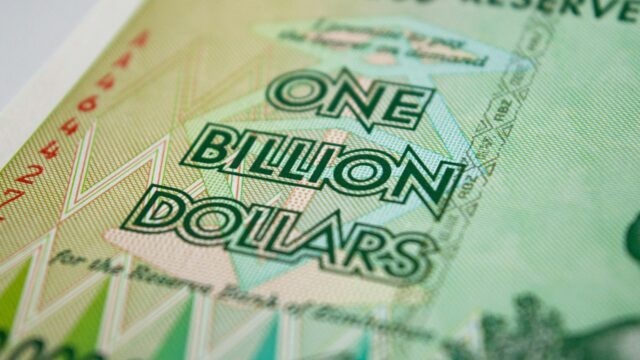
Making the world’s energy and infrastructure safe and sustainable for the future is going to take money – lots of money. Are green bonds a sign that financial markets are starting to mobilise?
The transition to a truly green economy is going to need new low-carbon technologies, industries and infrastructure. Some, like wind turbines and solar panels, are long-familiar. Some are exciting new arrivals, like electric cars and home batteries. And there are potentially game-changing technologies which are still at the experimental stage, like carbon capture and storage.
These industries all represent fantastic opportunities to deliver real carbon savings while driving sustainable development. But to be successful, they all need investment – and lots of it. In fact, the International Energy Agency has estimated that to keep warming under 2°C, the world needs to invest around 1 trillion USD each year until 2050.
The name’s bond. Green bond
That’s a daunting figure, but a fast-growing new financial product is starting to close the gap: green bonds. Like normal bonds, green bonds are issued by governments, banks or businesses in return for investment, which the issuer guarantees to repay plus interest. But with green bonds, the issuer also commits to spend the money on climate-positive activities: building a geothermal power plant, say, or financing more research on battery technology.
Green bonds are still a fairly new concept, but since the European Investment Bank issued the first green bond in 2007, the market has grown exponentially: from just 3 billion USD in 2012 to an estimated +150 billion USD in 2017. Governments are getting in on the act too: France and Poland have both issued green sovereign bonds, and several other countries are considering following suit.
Money where it matters
This rapid growth reflects how attractive green bonds are to both investors and issuers. For firms looking to raise cash for environmental projects, green bonds not only allow cheaper financing through lower interest rates, but also open the door to big institutional investors such as pension pools, governments, and insurance funds. And green bonds allow investors to fund creditworthy environmental projects in a transparent, low-risk way.
Another upside is the positive publicity that green bonds often attract – such as when Apple issued a 1 billion USD green bond in the aftermath of Trump’s exit from the Paris Agreement. In fact, green bonds are raising awareness of climate change within the financial industry more broadly, according to Sean Kidney, chief executive of the Climate Bonds Initiative. “Once you own a green bond, you also start engaging with the whole issue,” he says. “You start thinking ‘There are solutions, I can do something.’ ”
Dollar signs of the times
Green bonds are not without their critics. Reporting requirements are mostly voluntary, and some have argued that not all green bonds are worthy of the name: a 2014 issue by GDF Suez attracted controversy for helping to fund a large hydropower project in the Amazon.
But standards of disclosure are improving as the young and rapidly growing industry finds its feet. And although the magic figure of 1 trillion USD remains a fair way off, tapping the power of the global bond market is already helping to accelerate the transition to the green economy.
Impact
-
People
Pension & insurance funds greening their portfolios
-
Planet
$206 billion for climate projects in 2017 alone
-
Prosperity
Mainstreaming sustainability & climate into finance
Find out more:
- City Lab have a good short introduction to the concept and background of green bond
- If you're after more detail, Market Realist have put together an excellent series of explainers on green bonds, markets and investment
- The Climate Bonds Initiative is leading the way on standards and reporting for green bond issuances
- And GreenBiz has done some digging on the benefits to companies themselves of issuing green bonds
Image credit: "The Color of Money" (CC BY 2.0) by ccPixs.com


